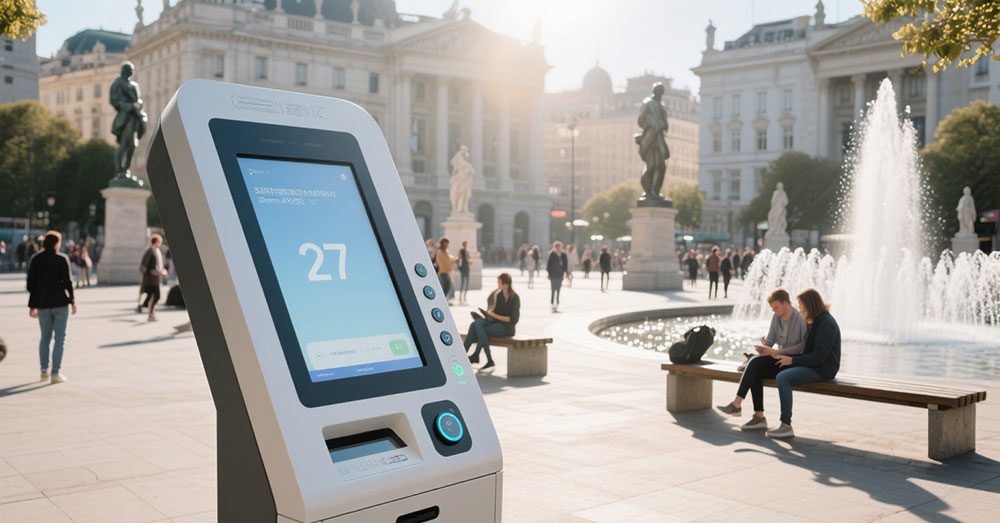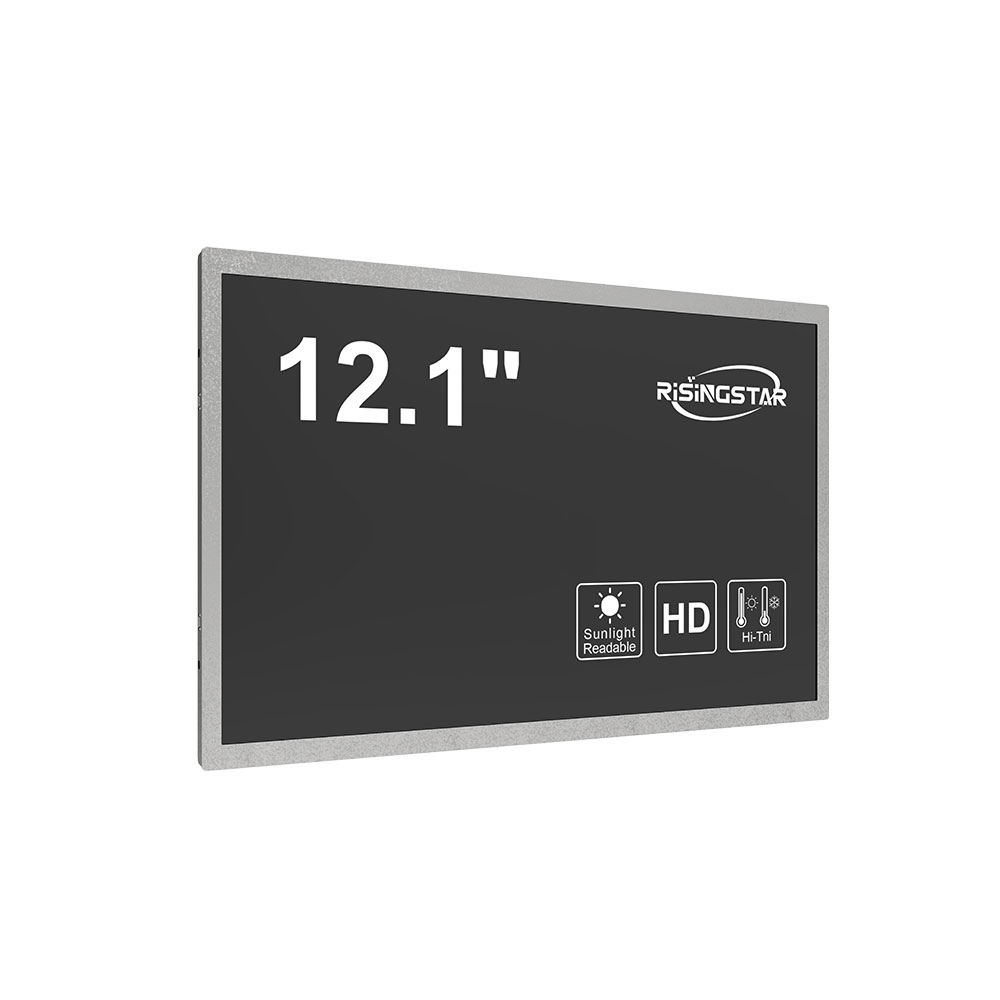Outdoor LCD screens have become a cornerstone of modern urban infrastructure, transforming how cities communicate with residents and visitors. These high-brightness displays are engineered to withstand harsh environmental conditions—such as extreme temperatures, humidity, UV exposure, and even vandalism—making them ideal for applications like digital billboards, transit information systems, smart city kiosks, and retail advertising in open-air environments.
One of the most significant advantages of outdoor LCD screens is their high luminance capability, typically exceeding 5,000 nits, which ensures visibility even under direct sunlight. This feature makes them far more effective than indoor displays in public spaces. Additionally, modern units often include automatic brightness adjustment based on ambient light sensors, improving energy efficiency while maintaining readability.
Practical applications span multiple sectors:

- Transportation hubs: Airports, train stations, and bus stops use outdoor LCDs for real-time updates on schedules, delays, and gate changes—improving passenger experience and operational efficiency.
- Retail and hospitality: Mall entrances, parking lots, and hotel lobbies benefit from dynamic content that promotes promotions or events.
- Smart city initiatives: Municipalities deploy these screens to broadcast emergency alerts, weather warnings, and civic information—enhancing community resilience.

Despite their benefits, common challenges persist:
1. Heat dissipation issues in summer months can cause premature component failure if not properly managed through passive or active cooling systems.
2. Moisture ingress remains a concern in coastal or humid regions; manufacturers now use IP65/IP66-rated enclosures and sealed internal components to mitigate this.
3. Maintenance costs can rise if installed in remote locations without remote monitoring capabilities—a growing trend in newer models that integrate IoT-based diagnostics.
The latest industry trends reflect a shift toward AI-powered content management systems, allowing for dynamic, location-specific messaging tailored to audience demographics. For example, a screen near a university campus might display academic deadlines during term time and local event promotions in breaks. Additionally, the integration of 5G connectivity enables faster content updates and real-time data feeds, such as traffic or air quality metrics.
According to the International Sign Association (ISA), the global outdoor digital signage market is projected to exceed $35 billion by 2027, driven by demand for immersive public experiences and smarter urban planning. As LED technology matures, hybrid LCD/LED solutions are emerging as cost-effective alternatives for large-format installations.
In conclusion, outdoor LCD screens are no longer just visual tools—they are intelligent nodes in a connected urban ecosystem. With ongoing innovations in durability, interactivity, and sustainability, they will continue to shape how cities engage with citizens in the years ahead.







